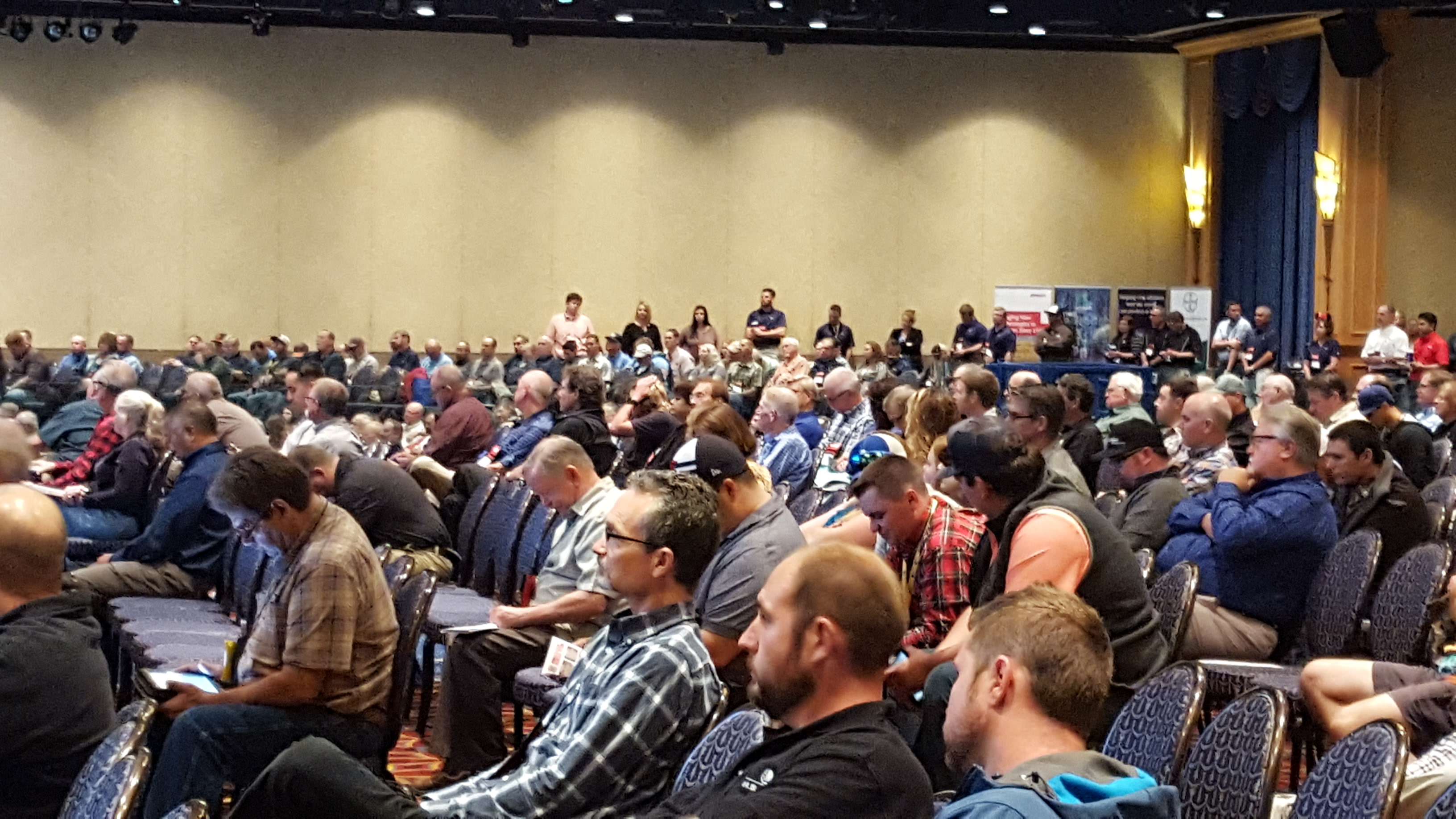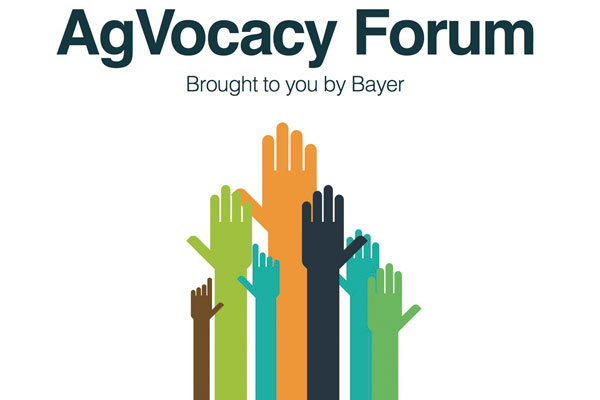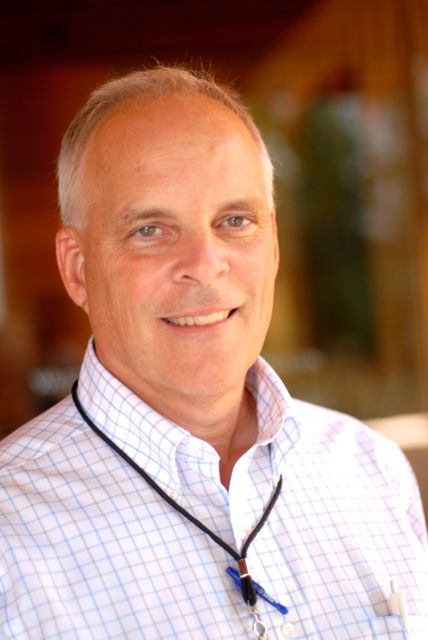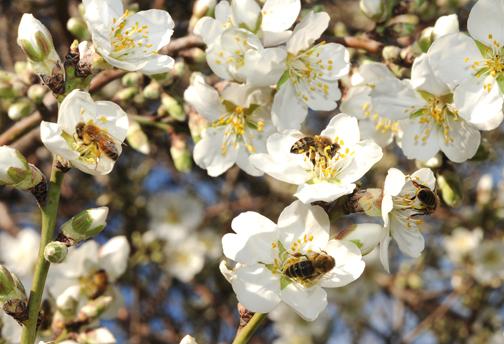Support Agriculture By Being An ‘AgVocate’
Bayer CropScience Says Farmers Need to AgVocate with Consumers
By Brian German, Associate Broadcaster
The California Association of Pest Control Advisers (CAPCA) recently held their 42nd Annual CAPCA Conference & Agri-Expo in Anaheim. It was a sellout crowd at the Disneyland Convention Center, with about 1,600 registered participants and more than 160 different trade show vendors participating. The theme of this year’s conference was “Feeding a Nation, Fighting the Fear,” with speakers covering a variety of topics related to public interest in agriculture.
David Hollinrake, vice president of Agricultural Commercial Operations (ACO) Marketing with Bayer CropScience, talked about a program that Bayer CropScience sponsors called AgVocate. “AgVocacy really is about engaging the farmer population so that they can represent modern agriculture to the consumer population that has a growing disconnect from what we do,” Hollinrake said.

David Hollinrake, vice president of Agricultural Commercial Operations (ACO) Marketing with Bayer CropScience
There has been a growing disconnect between those who are involved with agriculture and the overall consumer base. “With misinformation sometimes comes misconceptions and mistrust,” Hollinrake noted.
One of the reasons for the divide between growers and consumers is that the number of people involved in agriculture has declined significantly over the past 50 years. “When my grandfather grew up on the farm, some 40 percent of people were involved in production agriculture. Today, there’s only 1 percent of the population involved in agriculture,” Hollinrake said.
It’s important to bridge that gap by giving consumers a better understanding of what agriculture is really about. “Our role with AgVocacy is to enable the farmers to take an active role in describing the benefits of modern Ag and really dispelling a lot of the myths that exist in agriculture,” Hollinrake said.
 “One of the other topics that we spoke about was the difference between conventional agriculture and organic agriculture,” Hollinrake noted. The growth in organic farms has created an atmosphere of misunderstanding; with consumers erroneously believing that traditionally grown produce is somehow less safe. Without being involved in agriculture, it’s understandable for people to have misconceptions about how the industry works. However, these types of beliefs solidify the need for the AgVocate program.
“One of the other topics that we spoke about was the difference between conventional agriculture and organic agriculture,” Hollinrake noted. The growth in organic farms has created an atmosphere of misunderstanding; with consumers erroneously believing that traditionally grown produce is somehow less safe. Without being involved in agriculture, it’s understandable for people to have misconceptions about how the industry works. However, these types of beliefs solidify the need for the AgVocate program.
Hollinrake thinks meeting the dietary needs of a growing population will require both organic and traditional farming. “If we’re going to feed 10 billion people by 2050, it’s going to take all forms of agriculture. To me, it’s not an ‘either/or’ – it’s a ‘yes/and’ conversation,” Hollinrake said.

















 ever give up trying to
ever give up trying to  “One of the most interesting things we saw at the meeting,” Schrick noted, “was that we are influenced by people all around us, doctors, lawyers, and our pastors. However in agriculture, the number one influencer is the grower. That really resonated with me and it is true; he is the most credible source, he is the one who produces that food, and he has to make that land he is working on sustainable. He has to make that production come, year after year, after year, and in most cases, he wants to turn that over to the next generation of farmers.
“One of the most interesting things we saw at the meeting,” Schrick noted, “was that we are influenced by people all around us, doctors, lawyers, and our pastors. However in agriculture, the number one influencer is the grower. That really resonated with me and it is true; he is the most credible source, he is the one who produces that food, and he has to make that land he is working on sustainable. He has to make that production come, year after year, after year, and in most cases, he wants to turn that over to the next generation of farmers.



















